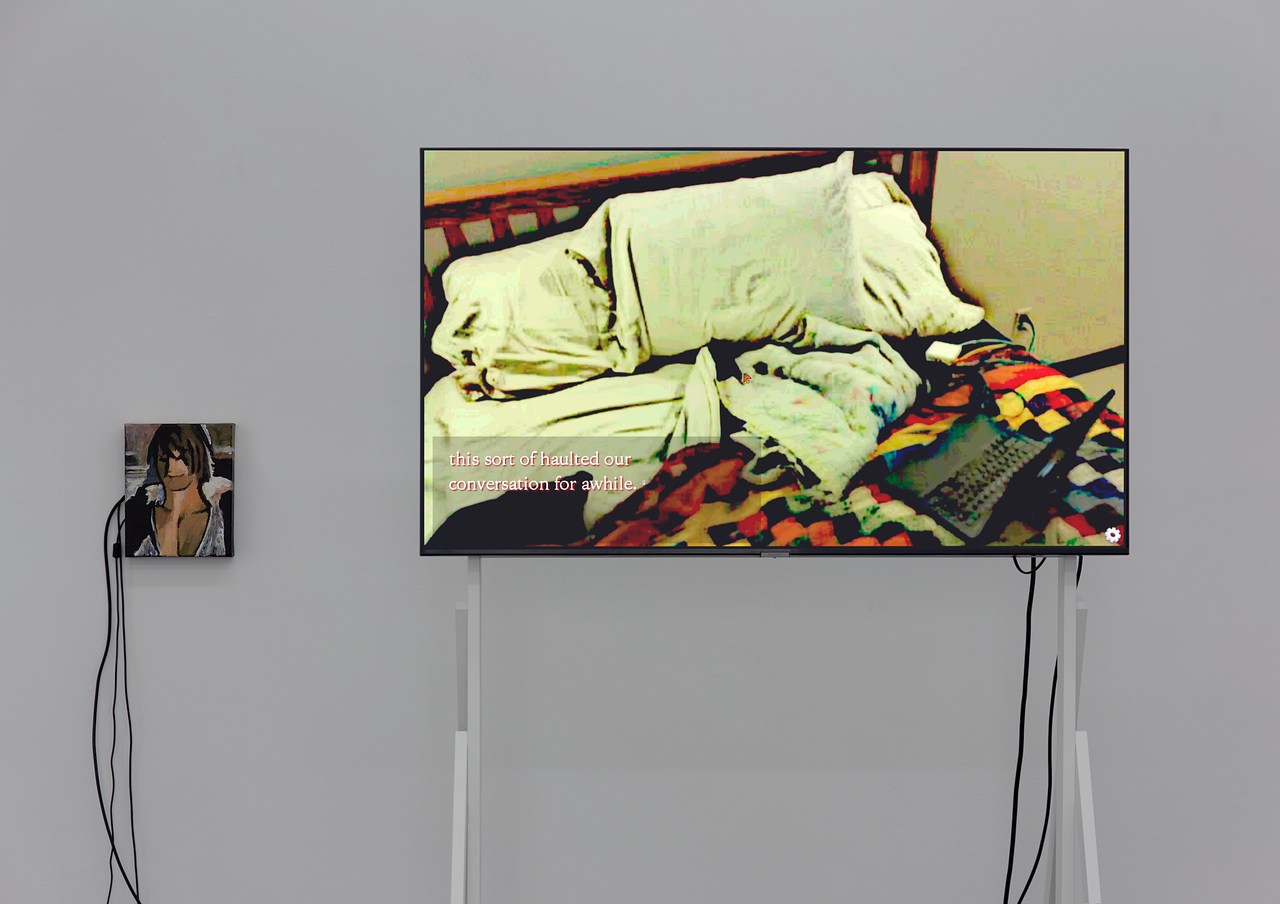Art and architecture maintain a self-evident, though largely unarticulated, relationship. Paraphrasing and inverting Ad Reinhardt’s maxim applies: “architecture is something you bump into when you back up to look at a sculpture.” Yet the art world pays scant attention to buildings, at least when the conversation ventures beyond a new museum.
But unlike art—much of which lives in storage or on private walls—architecture is there for the seeing. And the world of architecture, like the world of art, is rife with untold stories and unknown work that unlike most under-recognized art, lies hiding in plain sight.
In March 2020, when the pandemic began and galleries closed, my wife Dyanne and I got into our car and went traveling to see architecture in the field. These trips started when the gallery’s Instagram account was created in 2015. Now they became the daily diary of our pandemic life. Since traffic was nonexistent in the disease’s early days, we ranged far and fast. Destinations were identified and corroborated using Google Street View. Could the building be photographed without trespassing?
Like art, architecture reveals itself in myriad ways. Since nothing comes from nowhere, and little is less nowhere than the built environment, anecdotal webs began to be woven, with the local emerging as an intricate historical document.
Below, a look at how 10 buildings and their architects can reveal the exigency of the personal relationships, inclusive memory, and community recognition that lives in the architecture and art that surround us.













